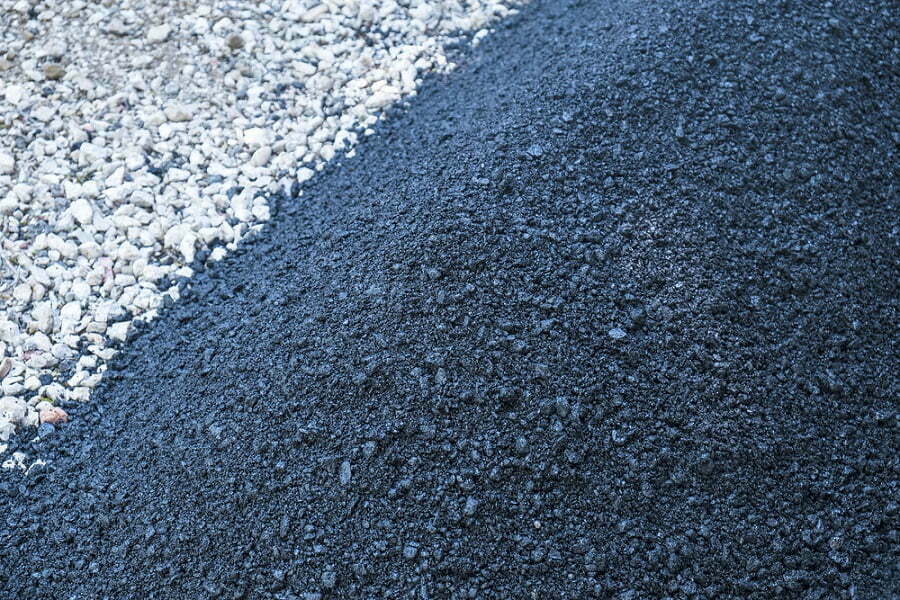Last updated on
Interested in building or renovating your house with recycled building materials? This list will help you.
Green, eco-friendly building is not only a hype. Modern architecture requires a house to be designed not only aesthetically pleasing but environmentally friendly too. Indeed, sustainability is among the top features that put a premium on real estate.
Materials That Can Be Recycled for Building
- PVC pipe
- Air filters
- Rubber
- Shredded paper
- Foam
- Glass
- Packing peanuts
- Corks
- Pallets
- Tires
- Wood
- Scrap
- Cardboard
- Asphalt
Recycling is no doubt the number one option when it comes to eco-friendly construction. Not only it helps you keep your footprint to the minimum, but it’s also only much cheaper too. So there’s all the more reason to choose this type of building. We are exploring the options you have in this article.
What Are Recycled Building Materials?
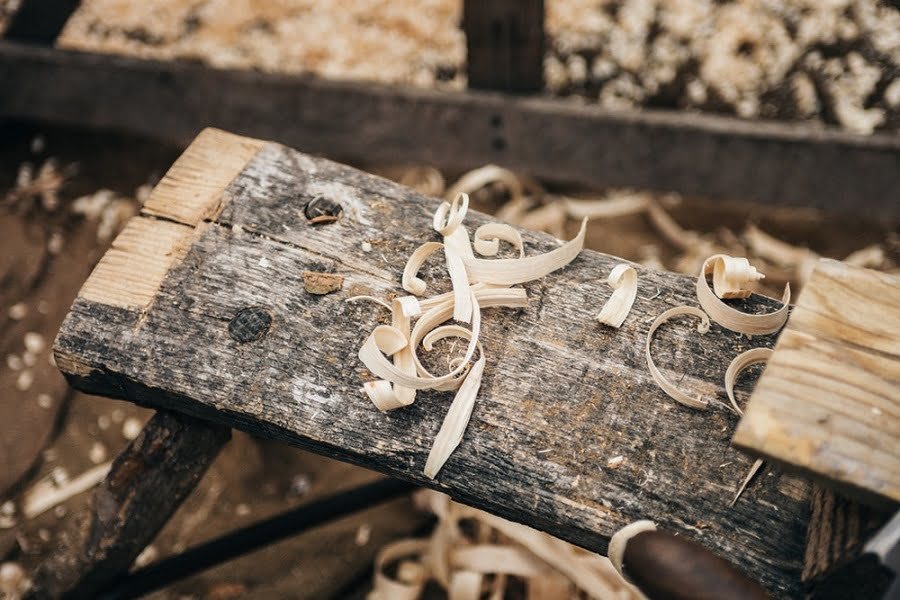
All materials that come from a building site for reuse are recycled building materials. This includes, wood, brick, insulation, plastics, glass, building blocks, wall coverings, and so on.
Simply put, it’s anything that can be reused is recycled. This way recycled resources are environmentally friendly (as otherwise, it would contribute to waste), and cost-efficient (as a rule, recycling is cheaper). As people get more and more aware of their environment and the footprint they leave behind, this type of building has become not only common sense but hype and trendy too.
Why Use Recycled Building Materials?
The main benefit of using reused resources to build a house is the cost and energy efficiency. By using recycled resources you have reduced the cost of construction. A home built based on sustainability is more energy efficient in the long run. Finally, being environmentally aware makes you a better person 🙂
Types of Recycled Building Materials

The following is a list of types of recycled materials. Consider these to find wealthy options for your green project.
- Used materials
- Sustainable materials
- Salvage materials
- Reclaimed materials
- Free building materials
- Barn wood
- Waste products
- Eco-friendly materials
- Biodegradable materials
- Innovative recycled materials
- Recycled plastic materials
- Lightweight materials
Next, we are going to go through each of these types and give you great examples.
Used Building Materials

The easiest way to recycle is to find used supplies from construction sites, tear-down sites, reuse your own resources, or find them in donation outlets (such as Habitat for Humanity Restore). There’s always the good old Craigslist too. We have a full list of places to find them below.
Often these can be accessed as free building materials too.
Sustainable Building Materials
The term “sustainable materials” is usually referred to as resources that have high energy efficiency and low environmental footprint. These include wood (especially reclaimed), straw bales, recycled plastics, and other resources. We have a list of these types of materials with examples below.
Bamboo

What makes bamboo so attractive in a eco-friendly building is that it’s highly renewable. Bamboo is one of the fastest-growing plants on the planet so it’s far from endangerment and it’s easy to produce. Thus it has been widely popular in construction and it still is.
Straw Bale

Yes, it is still used in this day and age. Modern technology allows using straw as a cheap and energy-efficient material in walls and for insulation.
Rammed Earth

Another material that has been used for thousands of years and that is just as sustainable. Technology allows pressing the sand mixture into stone-like building blocks which are ideal for construction.
Timbercrete

Cement production amounts to a whopping 8% of global greenhouse gas emissions. The lighter and more energy-efficient version of concrete uses sawdust as a component to make it lighter and cheaper. It’s just as robust as the conventional concrete but requires less cement.
Ferrock

It’s the greener and more robust and durable version of concrete. Ferrock is made mostly of waste steel dust and it’s way more environmentally friendly. On top of that, it absorbs CO2 in exploitation (as it dries), which makes it even more eco-friendly.
Barn Wood

Barn wood is a popular recycled material in the US. Through the 19th and early 20th centuries, barns were build using a mix of lumber (usually what’s found on the owner’s land). Most of these old buildings are now being torn down and what’s left usable is a cheap building material for new constructions. Very often barn wood is used as a decorative element to create accent walls, floors, or ceilings too.
The main caveat of this recycled material is that there are only about 650,000 barns left in the US.
Salvage and Reclaimed Building Materials
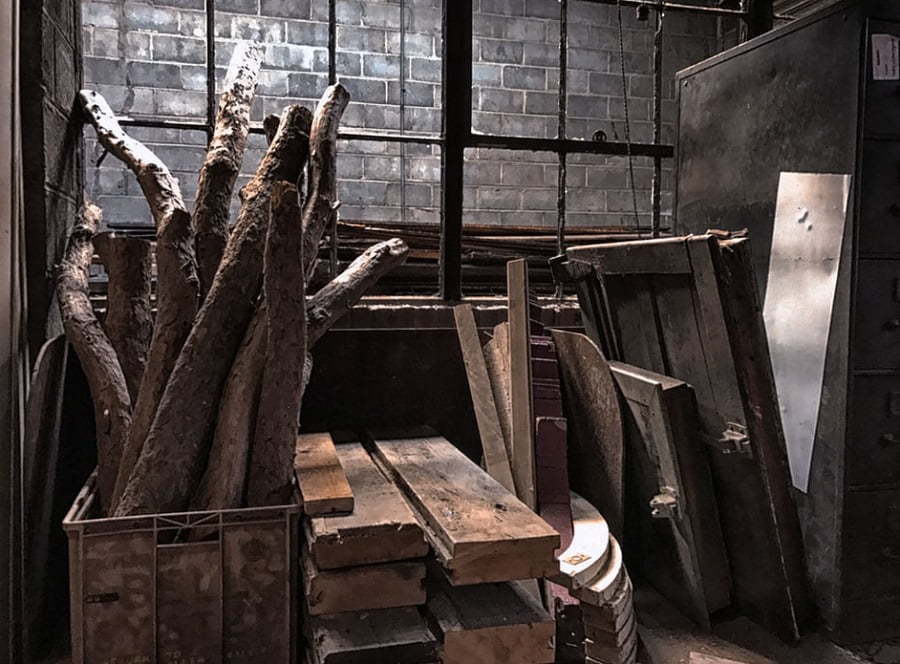
Salvage and reclaimed materials refer to the same thing – supplies that are used from construction leftovers or tear-downs. It’s by far one of the cheapest, accessible, and thus popular types of material.
Waste Products
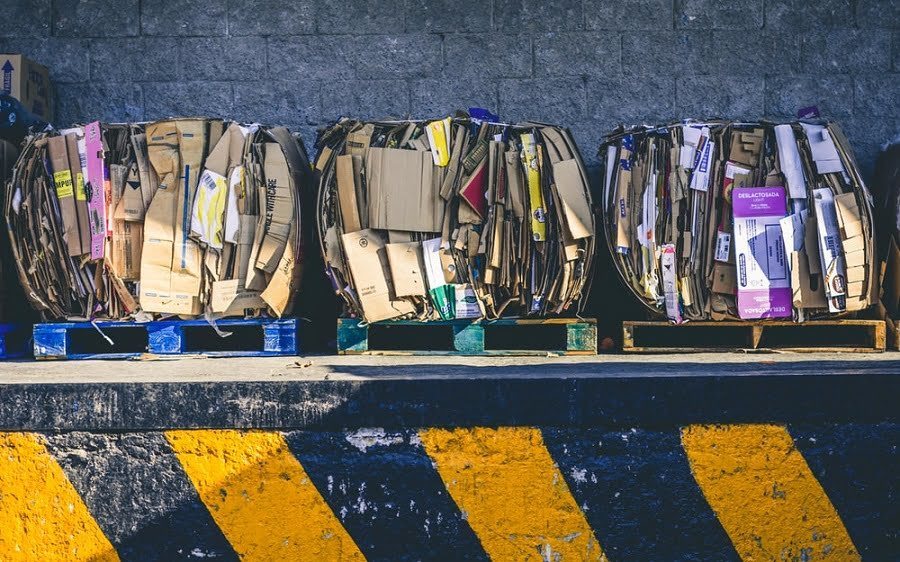
Waste products for green building are huge. Not only there’s a wealth of this “material”, recycling helps to fight pollution and decreasing our environmental footprint. Of course, turning waste into usable construction material can be costly. Nonetheless, it’s trendy and popular in the industry. Especially if you want to make the headlines with your architectural work.
Newspaperwood
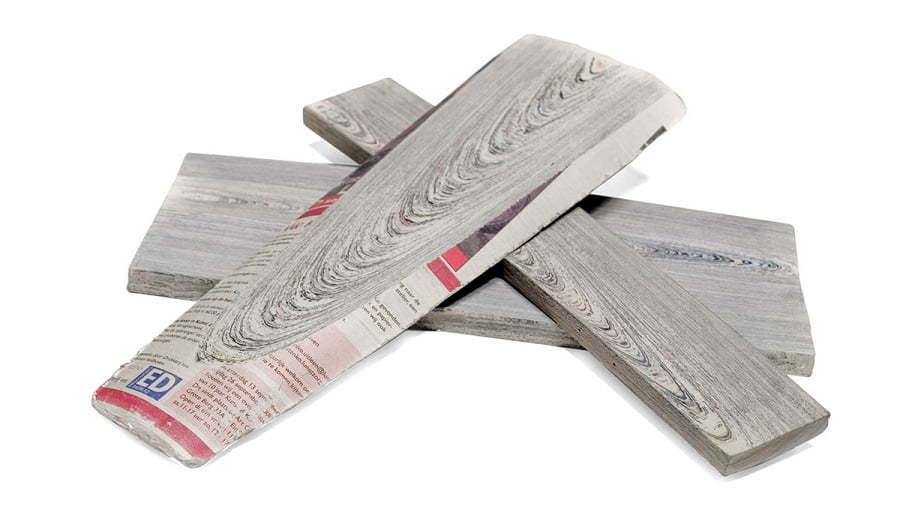
The idea of recycling and repurposing paper waste into wood is brilliant. There’s a vast amount of paper and cardboard to be sourced and it makes a construction material that we all know well.
Recycled Glass
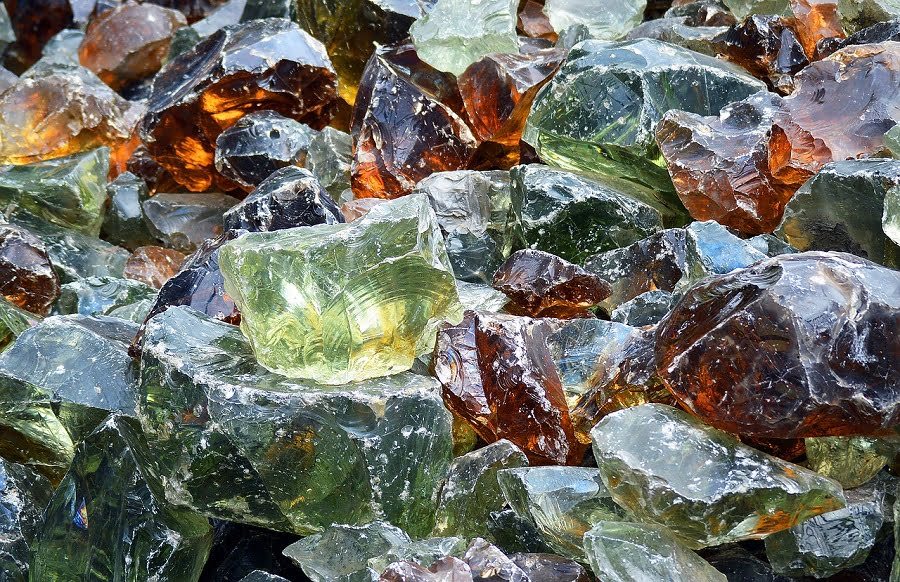
Glass is one of the most prevalent waste resources so it can be recycled. From straight-up bottles used to create accent walls to producing glass blocks, and making mosaics. Glass is one of the most available supplies you can reuse in building.
Plasphalt

Use the grain of plastic instead of sand and gravel to produce asphalt and you get plasphalt. It’s a great alternative to the conventional thing and it’s more durable too.
Cork Panels

People drink a lot of wine and it leaves us with a lot of bottle corks that go to waste. Instead of turning them into waste, wine corks can be recycled into cork panels to be used as a building material.
Denim
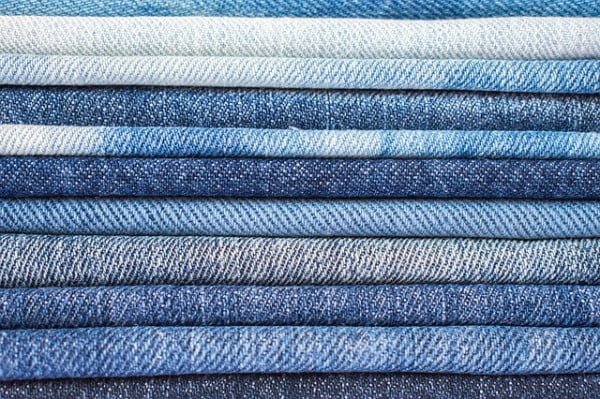
Old denim is used for the insulation of walls, attics, and floors. It makes a great eco-friendly insulation material and it’s surprisingly efficient too. Albeit it has a higher cost than the conventional cheap materials, sustainability and energy-efficiency make up for it.
Eco-Friendly Materials
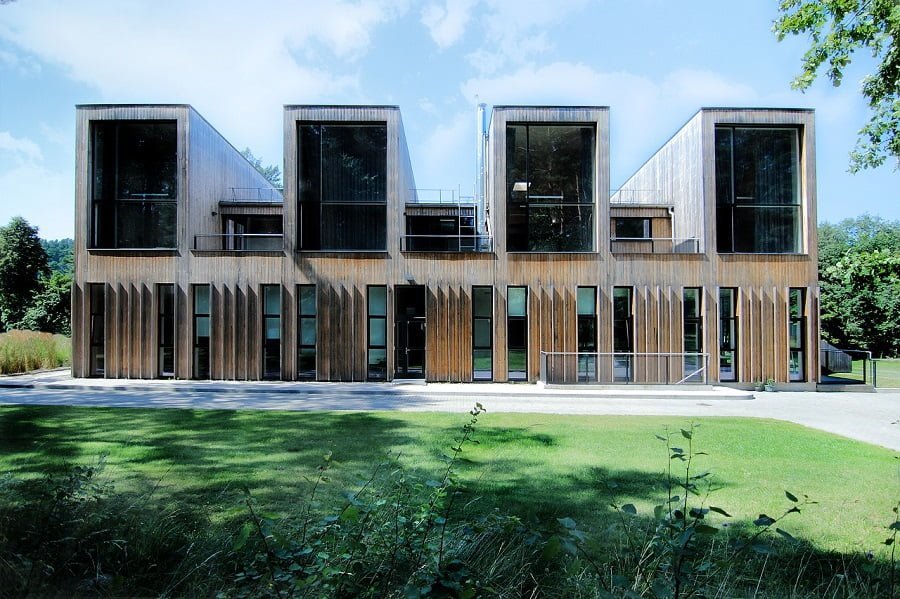
All materials that leave a minimal negative impact on our environment are considered eco-friendly. This includes not only recycled resources, but also highly-renewable, and surplus supplies found in nature. Even metals that are being reused to create more sustainable materials are considered eco-friendly.
All in all, all the resources that we list in this article are more or less eco-friendly.
Recycled Plastic Building Materials
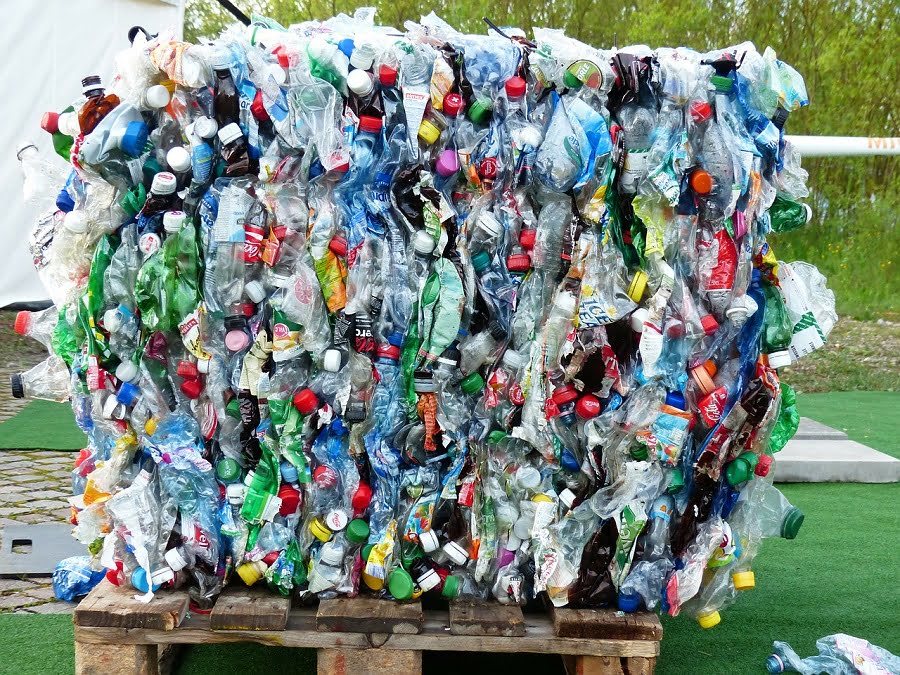
The problem with waste plastic in the environment is huge. There are enormous landfills of it, and oceans being polluted. So even though turning waste plastic into usable blocks (such as ecobricks) can incur an extra cost, it is the solution of the future that can save this planet. After all, there’s an endless supply of this “material”, so to speak.
Innovative Recycled Building Materials
As we as humans are an inventive kind, we are always seeking new ways how to do something. This includes making new innovative recycled resources for construction. Here are a few interesting ideas.
Neptune Balls

If you had lived anywhere near the Mediterranean sea you’d know the term. It’s the Posidonia Oceanica, or the Neptune grass – a seaweed that grows in surplus and turns into these balls of grass (thus Neptune Balls) and litters the shore. For locals, it’s a nuisance. But it has found use as an eco-friendly insulation material in sustainable construction.
Unfired Clay Bricks
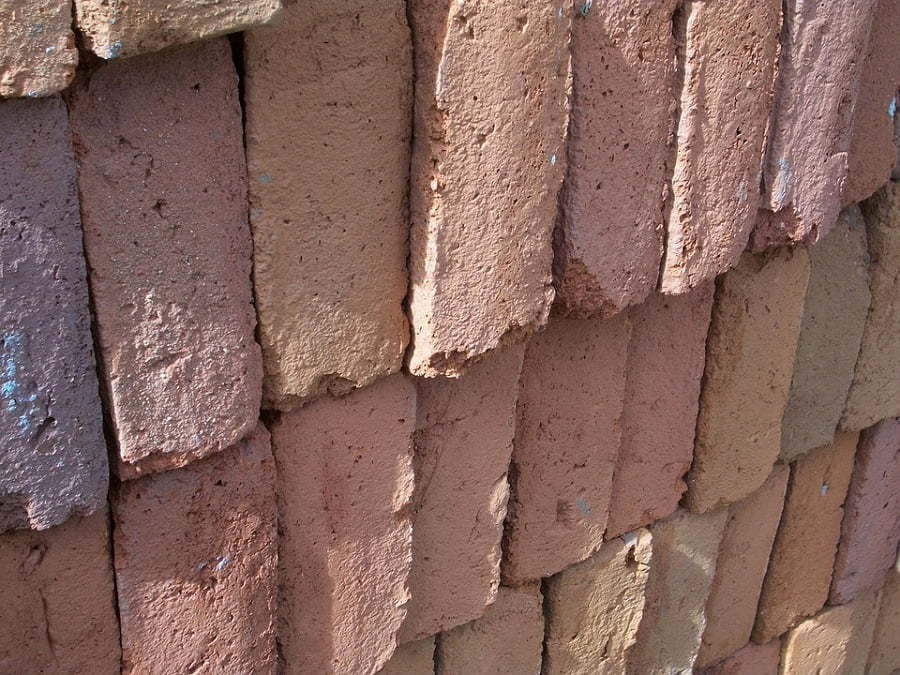
If you think about earth masonry and using supplies that come from the earth, it dates back thousands of years. And it’s the same idea that is now innovatively dubbed as unfired clay bricks.
Unlike conventional bricks, they are not processed thermally but instead are air-dried. This highly improves the energy efficiency of production and thus lowers the impact on the environment.
Why haven’t we done this before if it’s known for thousands of years then? In those days, bricks were made by hand. This meant they were an uneven size, the walls had to be very thick to withstand the weather, and all this made them inefficient and impractical.
With today’s technology, it is possible to produce unfired bricks that are just as thin, usable, and robust as their conventional counterparts. In most cases, they are produced in the same plants.
Mushroom Insulation

Can construction be vegan? It turns out that it can. Mushroom insulation is produced by using fungi that grow in rotting trees (mycelium). The required amount can be grown and shaped within days and the process is then stopped by heating. Such an insulation material is then relatively low cost and significantly eco-friendly and non-toxic.
Lightweight Building Materials

One of the most important qualities of building material is lightweight. Technology strives to produce supplies that are sturdy but light. This decreased energy costs in construction and exploitation greatly.
Thus, when we’re talking about recycling, it is also important to talk about lightweight materials. This usually includes:
- Recycled metals, such as steel, aluminum
- Bamboo
- Eco concrete mixes (such as timbercrete)
- Newspaperwood
Where to Find or Buy Recycled Building Materials?
With all the types of recycled materials out there, how do you find them when you need them? Here are a few popular options, and more places where to get recycled building materials. And here’s how to sell your leftover materials.
Let Everyone Know

The first thing you want to do when looking for recycled supplies is to let everyone know about it. You never know who wants to get rid of something that can be of use to you. So let your family and friends about it, announce it on Facebook and other social networks.
Local Contractors

When someone is building something there’s bound to be leftovers. You can contact your local contractors and see if they have any materials they need to get rid of. It may not be a cheap option as these supplies would probably be barely used or new.
Tear Down Sites
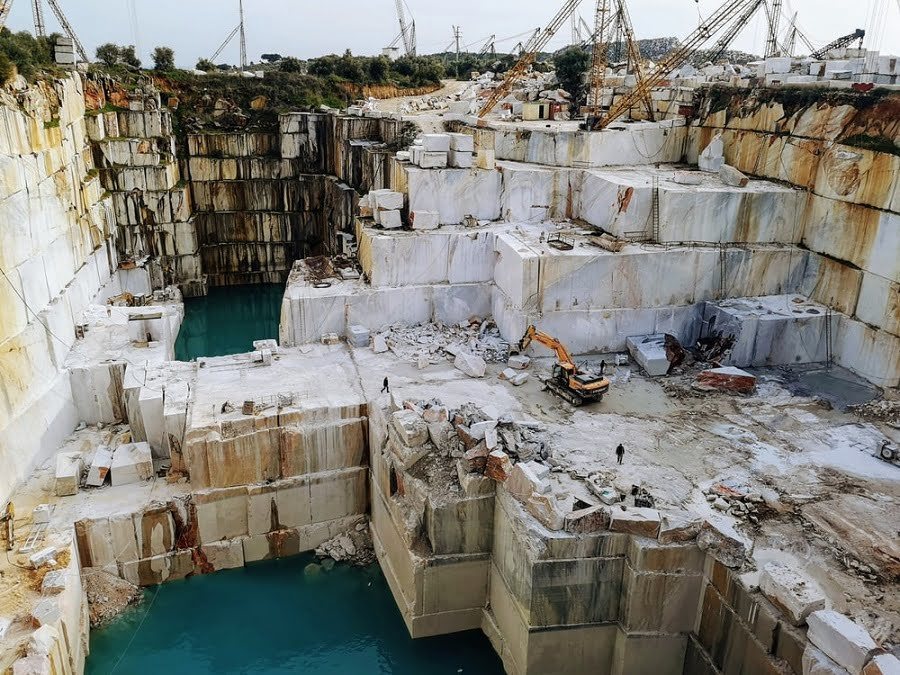
A cheaper option that also involves contacting local contractors is looking into tear-down sites. When someone is destroying a building, there are tons of waste to be rid. You can help their waste management and get some usable supplies too. Albeit the quality of such materials would not be stellar, you can still re-use some of it and at a cheap cost.
Habitat for Humanity Restore

The be-all and end-all of the recycled resources and home improvement items. It’s simple – the outlets get stuff donated, and you can buy it cheaply. It’s the thrift store for building materials for sure. So check out your local Habitat for Humanity Restore.
Wood Recycling Stores
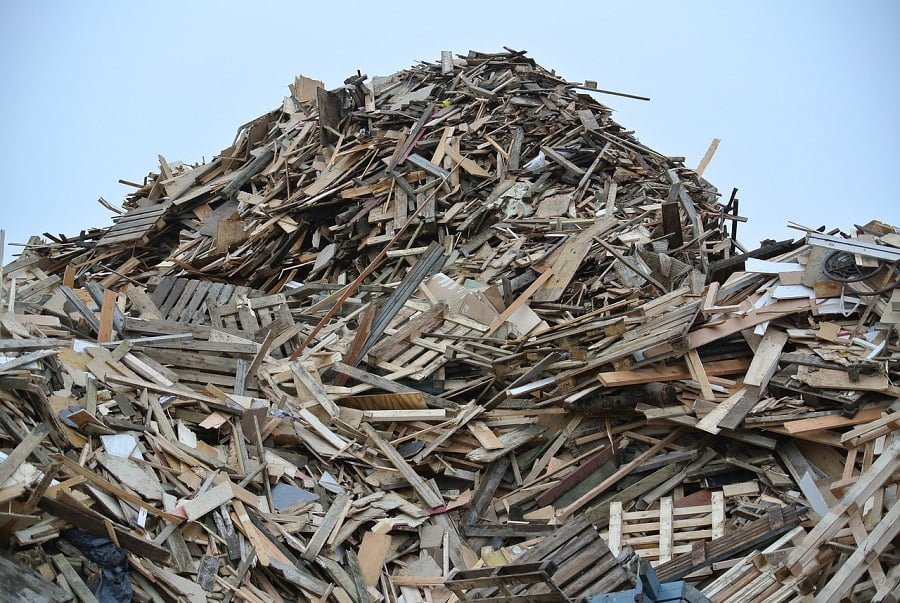
Similarly, you can find wood recycling stores throughout the US. Get your reclaimed wood, barn wood, and other recycled lumber there.
How to Make House with Recycled Materials?
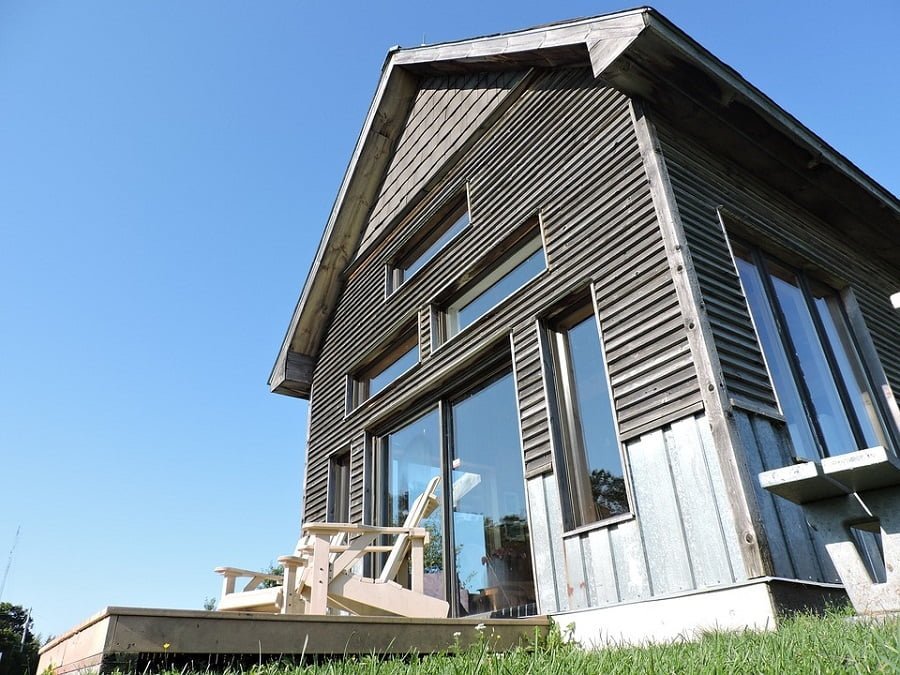
Your quest will begin by deciding and finding recycled materials you can use to build your home. Of course, you will need to talk about this to your contractor and architect from the get-go.
Consider the availability and price of the supplies. Check out the outlets and sources listed in this article. Also, consider that a lot of resources can be also bought from manufacturers that specialize in producing recycled building supplies. Keep in mind that reused doesn’t always mean cheaper. You will most likely win in the long run, though.
Table of Contents
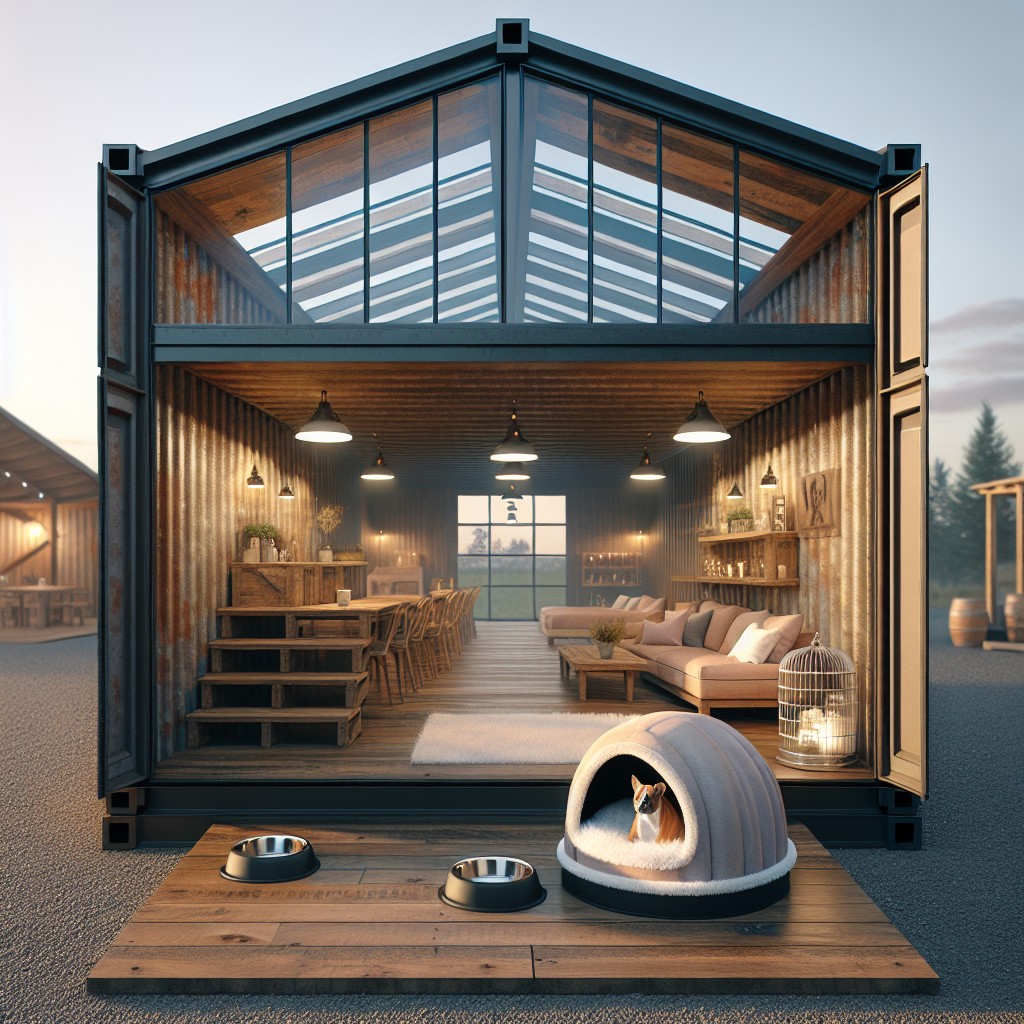

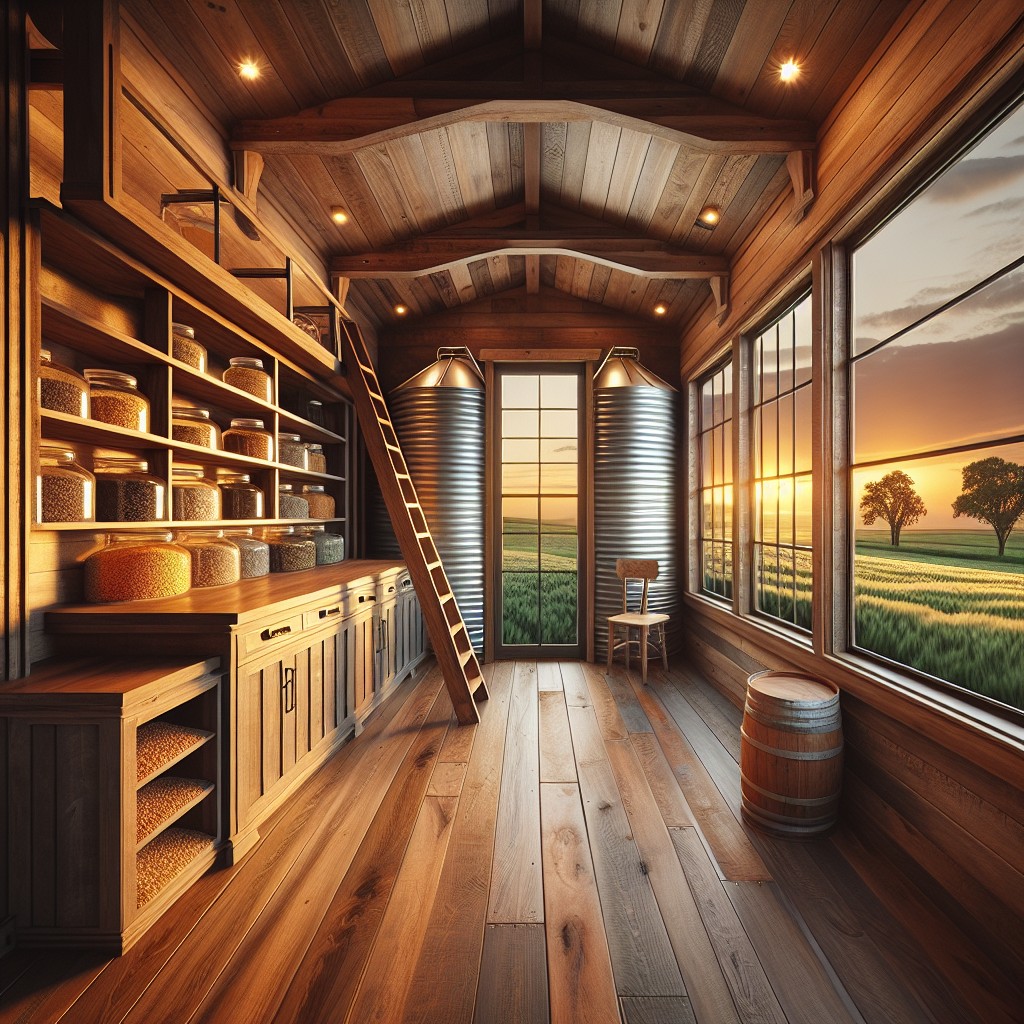
![How to Sell Leftover Building Materials? [Solved]](https://buildgreennh.com/wp-content/uploads/2022/07/sell-leftover-building-materials.jpg)
